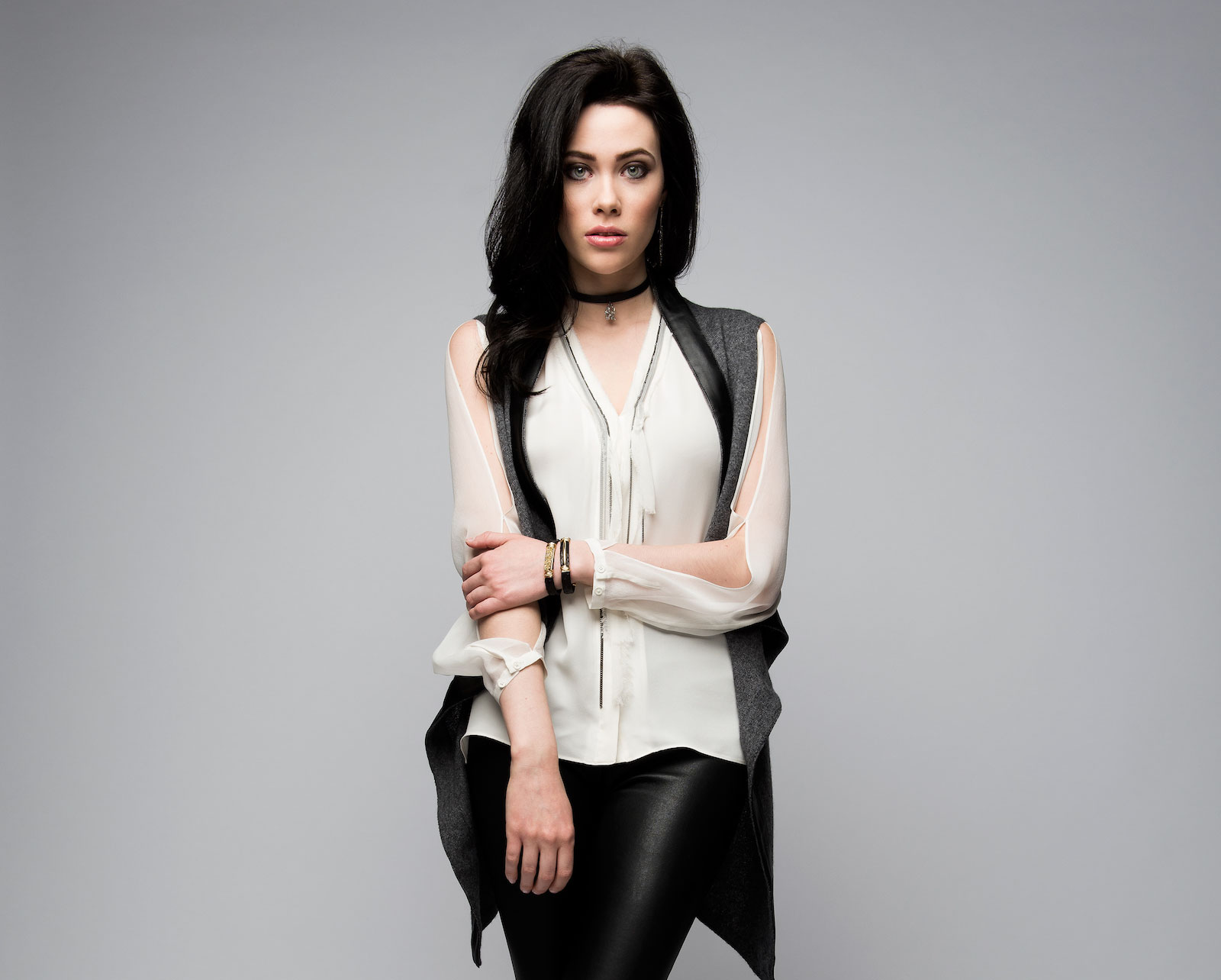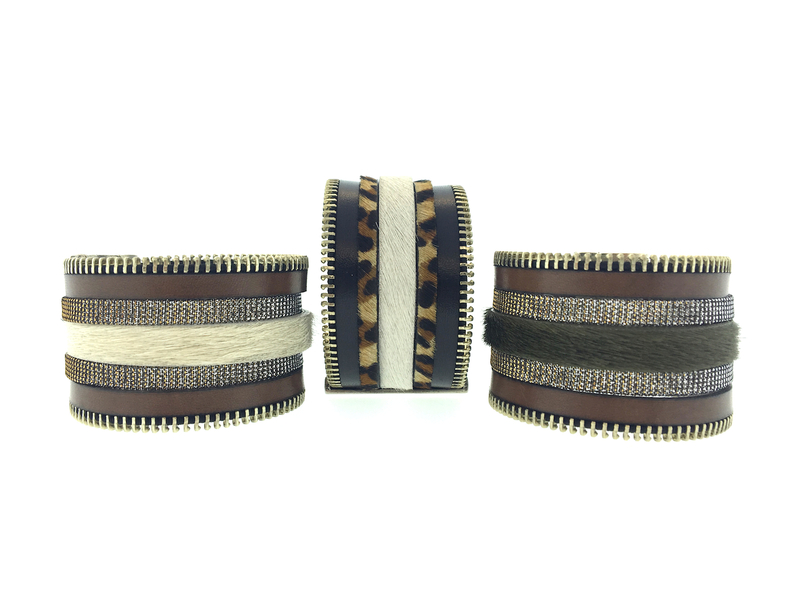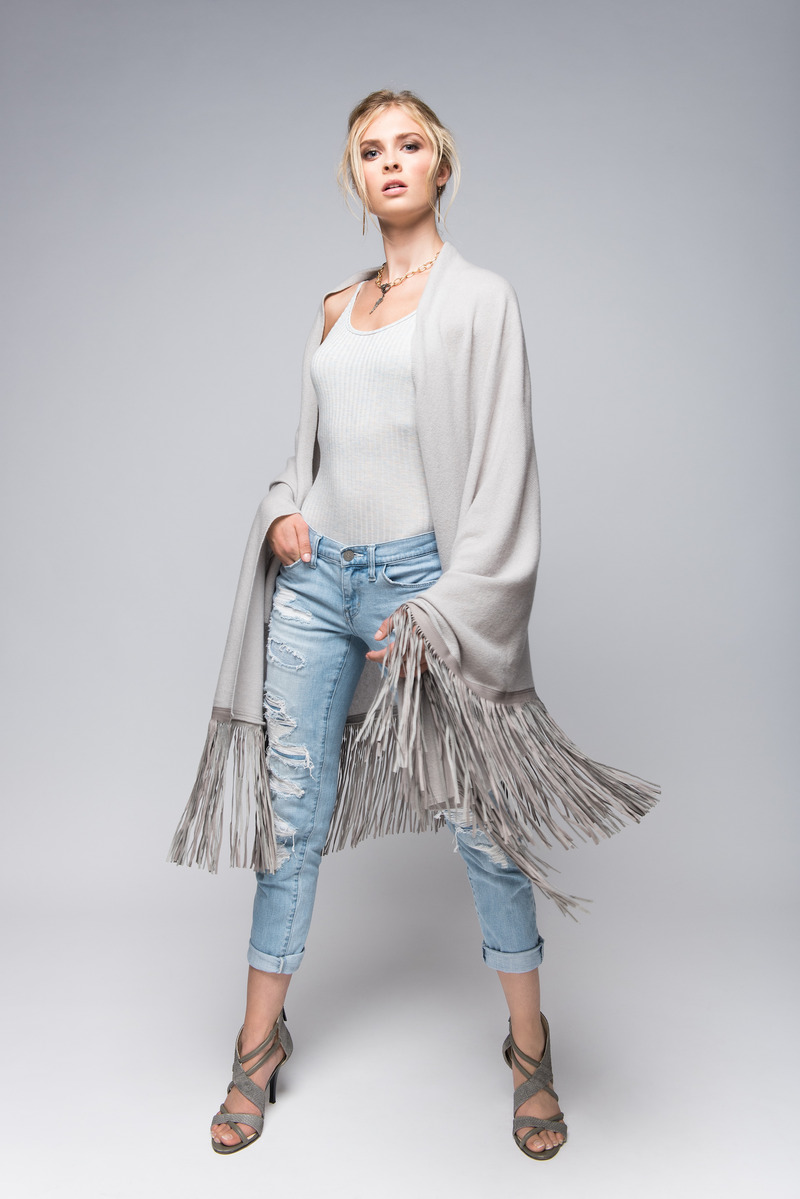The Local newsletter is your free, daily guide to life in Colorado. For locals, by locals.
We first introduced you to Jacqueline Lampert’s jewelry line, Aspen True, in our 2014 piece, High Fashion in the High Country. Fast-forward three years and, although Lampert is still a one-woman show, she’s developed Aspen True’s refined, feminine, yet unstudied style—or as she describes it, “elegant, with an edge”—into an extensive jewelry collection sold in the U.S., Canada, and South Africa. I sat down to chat with Jacqueline about Aspen True’s early days, how it’s changed, and why she decided to launch—of all things—a line of cashmere wraps.
5280: How did you start Aspen True?

Jacqueline Lampert: Aspen True started out of a failure. I had an e-commerce fine jewelry business, and it was very difficult because it’s a competitive universe. My product wasn’t particularly unique, so I got burned. After I closed the site, I started going to metalsmithing classes at Clear Creek Academy in the Navajo Street Arts District and loved it. But it wasn’t something you could work a real business out of, because your labor is so expensive; you spend hours and hours crafting a piece out of wax, then casting it, etc. So, I started creating necklaces and jewelry that were quicker and easier to make.
Let’s talk a bit about what your jewelry line looks like today versus three years ago, because it has really evolved.
The line has changed a great deal. There’s more layering and texture with different chains, leathers, and finishes. There’s also a wider range of neutral color, from dusty rose gold to pewter to oxidized sterling silver.
What kinds of materials do you like to work with?
The jewelry line incorporates gold and sterling silver with Tahitian pearls, diamonds, and semi-precious gemstones—labradorite and moonstone are my favorites—as well as nontraditional materials set with diamonds, like leather and horsehair. I also enjoy pairing materials with different textures and finishes to create an interesting design. For example, my Namibia cuff bracelets are created with cowhide, iridescent leather, and zip leather.
And since you mentioned Namibia, you’re from South Africa originally.
Yes. I’m from Johannesburg.
When did you come to Denver?
I came to Denver about 15 years ago, but I emigrated with my husband 23 years ago. We also lived in New York and St. Louis. We were still in South Africa during apartheid; we were newlyweds and decided that we didn’t want to raise children in that kind of environment. So we had an opportunity to come to the U.S., and we took it because we had nothing to lose.
So what prompted you to launch a cashmere line?
I started noticing that boutiques would merchandise the jewelry with cashmere and there was something very lyrical about how pearls looked against it—the color, the tone, the texture, the light. So I thought, “Well, let me try a cashmere line.” I managed to find good suppliers, and they helped me source basically everything I needed to create a good product. That’s how it started.
What made you want to design wraps specifically? Were they something you couldn’t find?
It’s not that I couldn’t find any; I could, but I couldn’t afford them. What was available cost thousands of dollars. What I wanted to do was find a way to design beautiful, quality products that weren’t going to sell for $2,000.
Your first collection last fall had 16 pieces, but this season’s is much bigger with 80 pieces. That’s a huge expansion. But the styles are all really wearable and the colors very neutral.
I think that’s important because although it’s not super expensive, you still want to feel that if you’re buying it you’re going to get value—and value means you’re going to get wear out of it. It’s not a trendy piece that’s for now and then you’re going to throw it away; you want to know that you have longevity in a piece that you’re buying.
And you can get a lot of wear out of these pieces, because the cashmere isn’t heavy.
They’re comfortable and light. I use a gauge (Editor’s note: gauge refers to the number of stitches per inch; the higher the gauge, the thinner the knit) of cashmere that is warm enough for winter, but here we are on a spring day and I’m not hot. From the weight to the colors and shapes, I really think they span three seasons.
Let’s talk about the bridal portion of your collection, because that’s totally new and launched in July.
Emma and Grace Bridal Studio bought the wraps and the shrugs in blush, dove grey, and vanilla. The Mongolian Lamb would look amazing on a bride—it’s a little bohemian, unstructured, and very feminine. If a bride is in her wedding dress with cowboy boots on, I can totally see her wearing the suede fringe.
For non-brides, what other stores will have the line?
Garbarini in Cherry Creek and Blue Ruby on Larimer will carry the collection. Also Pitkin County Dry Goods in Aspen and Pepi Sports in Vail.
That’s impressive considering you just launched last fall.
I’ve realized that what Aspen True is about is not a specific product—it’s about a lifestyle, a feeling. So, whether it’s cashmere or jewelry or something else I might feel represents me and—more importantly—women like me, then that’s going to be part of the line.
Aspen True, cashmere prices start at $335. Available at Emma & Grace Bridal Studio, 3553 Larimer St., 720-383-8091, emmaandgracebridal.com; Garbarini, 239 Detroit St., 303-333-8686, garbarinishop.com; Blue Ruby, 1428 Larimer St., 720-259-0031; Pitkin County Dry Goods, 520 E. Cooper Ave., Aspen, 970-925-1681, pitkincountydrygoods.com; and Pepi Sports, 231 Bridge St., Vail, 970-476-5206, pepisports.com















